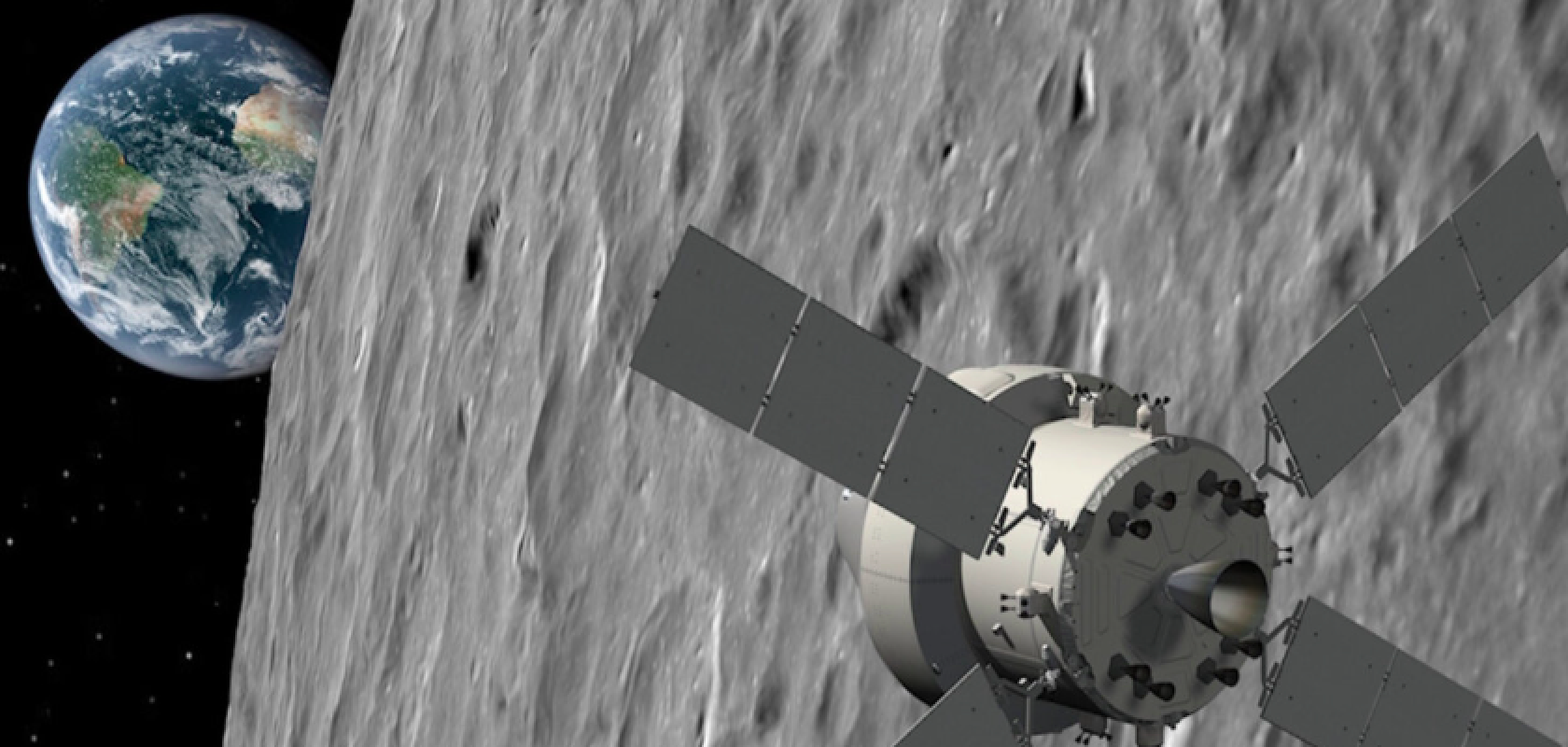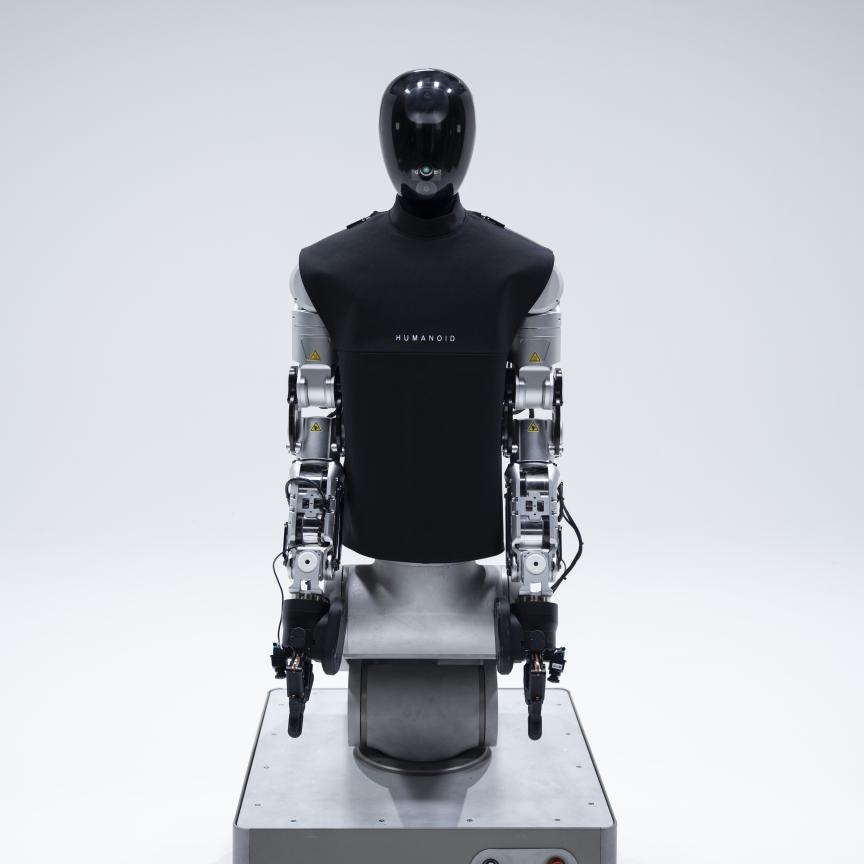An off-the-shelf version of a ruggedised camera used in a NASA space mission has been made available for industrial use.
The SPC-S2010, developed by Florida-based Imperx in collaboration with NASA’s Marshall Space Flight Centre, was designed to withstand extremes in temperature, vibration, and radiation as part of the Artemis 1 mission, which launched in November 2022.
Jarret Bone, a NASA mechanical engineer who worked on the project, said: “The environmental range on these cameras is insane.” He also praised the camera for surviving eight minutes while a few feet from the blasting rocket engine, as well as the cold space temperatures.
What are the specifications of the camera?
The SPC-S2010 boasts a global shutter CMOS sensor with 1,920 x 1,080 resolution, delivering up to 60fps with selectable 3G-SDI or HD-SDI output.
It is equipped with an integrated thermal management system, and that the camera can pre-warm electronics for use in extreme environments. With a 2KVAC power input isolation design and 5KVrms logic interface protection, it remains resilient against power surges caused by lightning or other sources. It also features an integrated LED illumination ring with continuous or strobed options and eight factory-installed lens choices.
The commercialisation of an off-the-shelf version of the ruggedised camera was highlighted as a NASA Spin Off by NASA’s Technology Transfer Program. The ruggedisation of the camera, combined with its excellent sensitivity and dynamic range, makes it well suited for industries such as aerospace, drilling, mining, and more.
Commenting on how the camera has been utilised, Greg Pangburn, Imperx CFO, said: “NASA engineers are highly educated, motivated, and they’re imaginative. They are willing to try things that haven’t been tried before.
“This experience has helped us make a camera that can withstand being mounted on an airplane, which goes from ground level up to 36,000-40,000 feet and then comes back down. It works perfectly during all of those altitude changes, whether it’s hot or cold outside, if it’s raining or snowing.”


